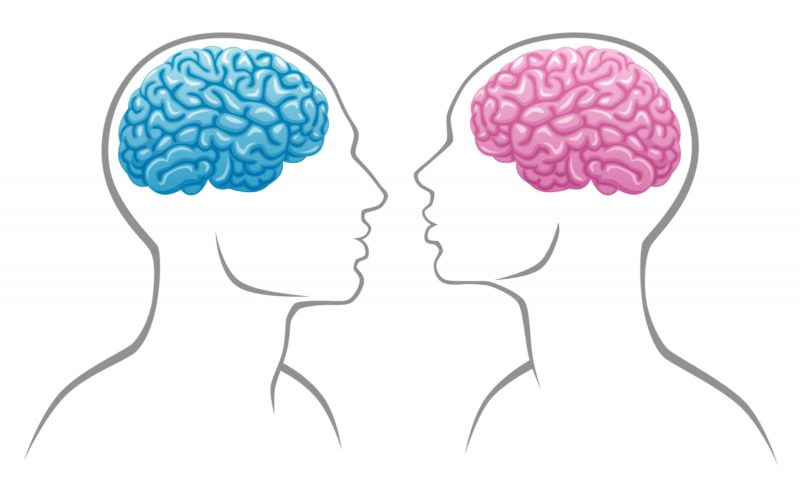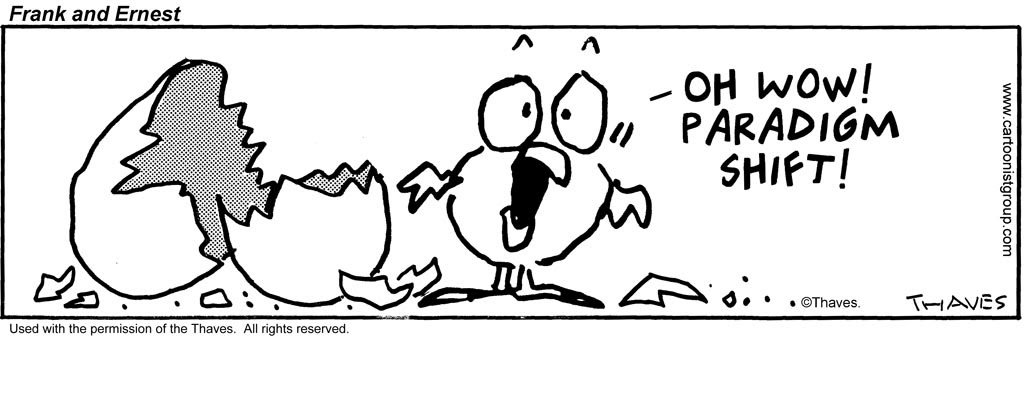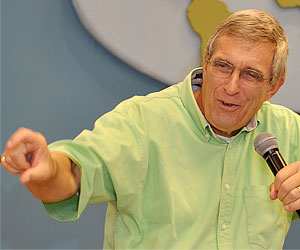Reality has a way of showing up in the least expected places.
Two researchers, Moran Gershoni and Shmuel Pietrokovski from the Weizmann Institute’s Molecular Genetics Department in Israel recently published the results of their research: The Landscape of Sex-differential Transcriptome and Its Consequent Selection In Human Adults.
They summarize their findings as follows:
Men and women differ in obvious and less obvious ways — for example, in the prevalence of certain diseases or reactions to drugs. How are these connected to one’s sex? Researchers recently uncovered thousands of human genes that are expressed — copied out to make proteins — differently in the two sexes.
 In short, men and women are not simply different in their sexual anatomy; they are different in other body systems as well. The genetic makeup of men and women is clearly different.
In short, men and women are not simply different in their sexual anatomy; they are different in other body systems as well. The genetic makeup of men and women is clearly different.
Pietrokovski and Gershoni looked closely at around 20,000 protein-coding genes, sorting them by sex and searching for differences in expression in each tissue. They eventually identified around 6,500 genes with activity that was biased toward one sex or the other in at least one tissue. For example, they found genes that were highly expressed in the skin of men relative to that in women’s skin, and they realized that these were related to the growth of body hair. Gene expression for muscle building was higher in men; that for fat storage was higher in women.
Reality is more than skin deep
In short, our maleness and femaleness is not only sexual; it goes to the root of our identity as two distinct human modalities. When you use a knife to alter external sexual anatomy, or a hormone to alter internal sexual chemistry, you are making very superficial changes to human sexuality. Such trivial adjustments do not touch the genetic encoding of human sexuality throughout the body. They leave intact the profound transcendent nature of masculine and feminine. To quote David French, “The new gender ideologies too often fail to reckon with our deepest human longings and fail to recognize our fundamental human nature.”
We have written about the wonderful reality that male and female are both alike and radically different at the same time. They are alike in their basic humanity, and incredibly different in almost all their physiological systems.
As Elizabeth Elliot has so profoundly summarized the male – female distinctive:
I don’t want anybody treating me as a ‘person’ [‘chairperson’ or ‘spokesperson’] rather than as a woman. Our sexual differences are the terms of our life, and to obscure them in any way is to weaken the very fabric of life itself.
To deny reality is to deny the very terms of our existence. In another, saner time, this would be called insanity. It would be recognized as living in a world of delusion. In the postmodern era, reason and reality are jettisoned. We create worlds of illusion where we deny the rudimentary biology of sexuality, the more profound deep biology of the gene, and the transcendent root of masculine and feminine.
For that matter, in this delusional world why limit the trans discussion to gender? Why not trans-race or even trans-species?
If transgender why not trans-species?
If a woman can identify herself as a male, what’s to prohibit a white woman to identify as a black woman? If a Hispanic male can identify as a female and transition to “being” a woman, why can’t that transgender person transition his species and identify himself as a female dragon? In what way are these scenarios of any significant difference? If the imagination can trump reality, which is exactly what is happening in the transgender discussion, why not these transitions as well?
These questions may seem farfetched, but they are right out of the news.
 Rachel Dolezal, a white American civil-rights activist identified with the black community and in fact portrayed herself as black. In this guise, she rose to the level of the President of the NAACP chapter in Spokane, Washington. When her white parents challenged her claim, she still insisted she was black. If a white woman identifies herself as black, does that make it so? No! In the past, psychiatrists might have recognized in this a new psychosis. Maybe it would have been dubbed the “Dolezal delusion.” Not today. Now, some would call her “trans-racial.”
Rachel Dolezal, a white American civil-rights activist identified with the black community and in fact portrayed herself as black. In this guise, she rose to the level of the President of the NAACP chapter in Spokane, Washington. When her white parents challenged her claim, she still insisted she was black. If a white woman identifies herself as black, does that make it so? No! In the past, psychiatrists might have recognized in this a new psychosis. Maybe it would have been dubbed the “Dolezal delusion.” Not today. Now, some would call her “trans-racial.”
In 2016 we wrote about Richard Hernandez, the Maricopa County banker who identified himself as a female dragon. To fulfill his identity, he used drugs and surgery in an attempt to transition from male to female and then tattoos and surgery to change his appearance from a human to a dragon. He now calls himself Eva Baphomet Medusa the Dragon Lady. To see pictures and read his story go here. Richard might be called “trans-species.”
How to love
The point is not to ridicule anyone. Here’s the question: how is the Christ follower to show love and compassion in the context of such profound confusion? Some Christians seem to believe that the only loving response is to accept this kind of disorientation, to embrace the individual with “unconditional love.” But is this the way of love?
 Richard Hernandez has abandoned reality. He’s believing a myth. In mythology, dragons can fly. He would be acting consistently with his belief if he went to the top of the Chase Tower, at 483 feet the tallest building in Phoenix, to demonstrate that he was a flying dragon. If you were his friend, what would be the loving thing to do: dissuade him from his folly, or give him a push over the edge?
Richard Hernandez has abandoned reality. He’s believing a myth. In mythology, dragons can fly. He would be acting consistently with his belief if he went to the top of the Chase Tower, at 483 feet the tallest building in Phoenix, to demonstrate that he was a flying dragon. If you were his friend, what would be the loving thing to do: dissuade him from his folly, or give him a push over the edge?
Rachel and Richard declaring themselves to be something they are not—a black woman and a female dragon—does not make it so. But their stories show the impact of the postmodern narrative to suppress and supplant truth.
Until 1973, the American Psychiatric Association (APA) considered homosexuality a “mental disorder.” Now it is considered normal. Until 2012, the same APA considered transgenderism a “mental illness.” Now it is defined as normal.
Love without truth isn’t love
To deny reality is ultimately to harm oneself and to harm those who are near and dear. Love demands that truth be spoken so that those in danger may be rescued from the consequences of their delusion.
Suppose your beautiful young daughter aspired to be a ballerina and was gifted at dance, but was found to have a cancerous growth in her leg? And a doctor concludes that she can save your daughter’s life by removing the cancer, but the operation would end her dream of being a ballerina. As a parent, what would you do? Would you authorize the surgery to save her life, or would you deny reality so she could dance for a while longer? Which would be more loving?
Would you love someone enough to help them see through the delusional haze of postmodernism into the wonderful reality that marks the terms of life itself?
- Darrow Miller






